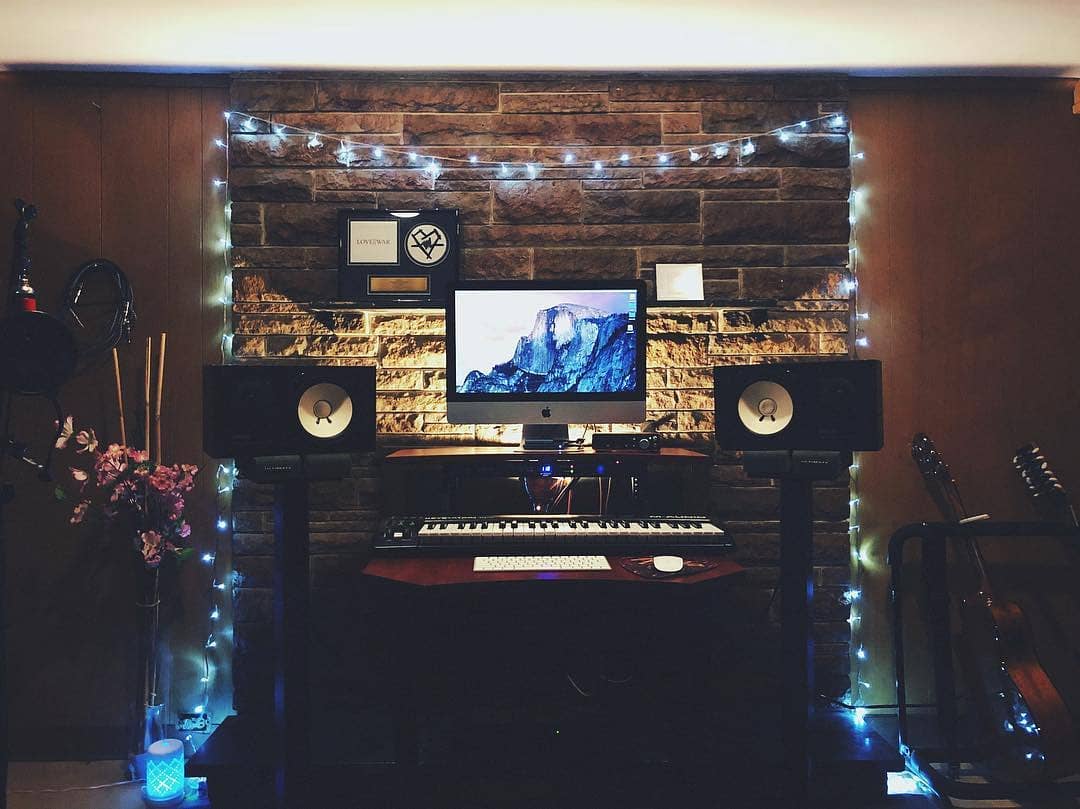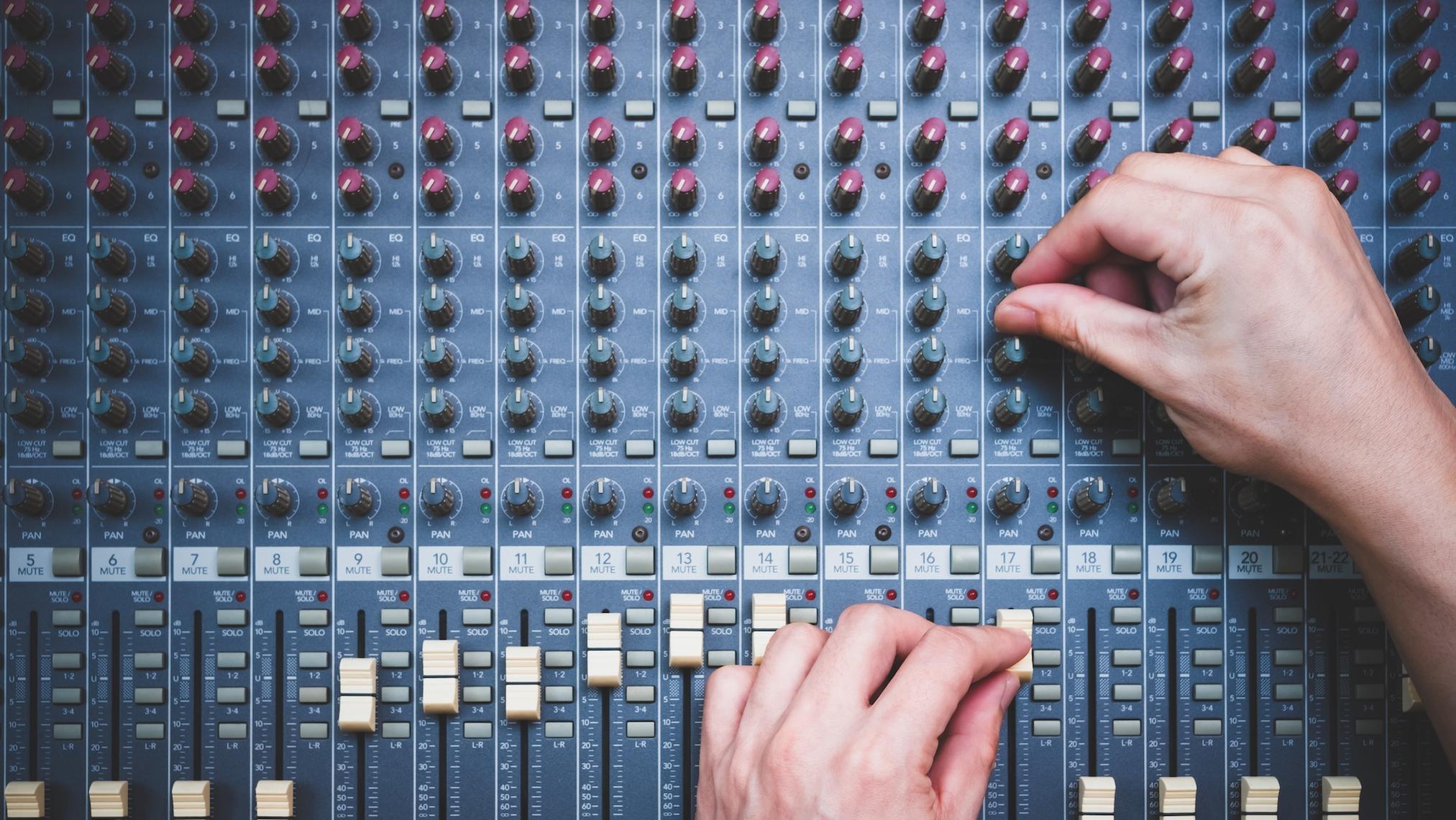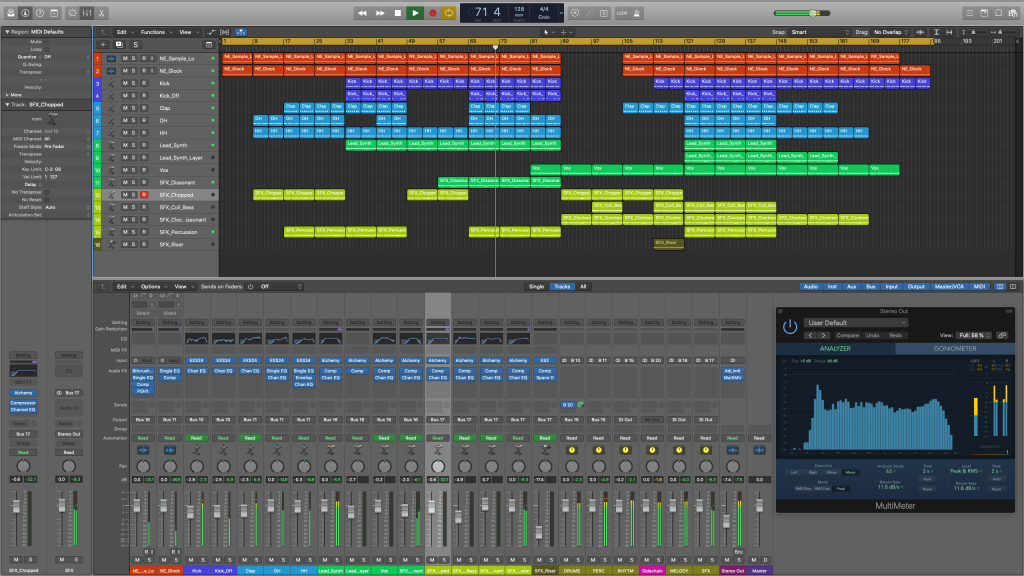How to Make Ambient Music
Ambient music holds a unique place. It’s a genre characterized by its atmospheric and often ethereal qualities, where the music blends seamlessly with the environment, creating a captivating sonic landscape. In this guide, we’ll explore the essentials of crafting ambient music, perfect for both beginners and seasoned producers looking to dive into this genre.
Understanding the Elements of Ambient Music
Ambient music relies on several key elements to create its distinctive sound. Let’s break down these elements:
- Texture
Texture refers to the layers of sound within a piece of music. In ambient music, textures can range from lush and dense to sparse and airy, creating a sense of depth and immersion. - Atmosphere
Atmosphere is crucial in ambient music, as it sets the mood and tone of the composition. Whether it’s serene and calming or eerie and mysterious, the atmosphere guides the listener on a journey through the sonic landscape. - Minimalism
Minimalism is a hallmark of ambient music, where less is often more. By stripping away unnecessary elements, ambient composers can focus on creating subtle nuances and delicate textures. - Repetition
Repetition is used strategically in ambient music to induce a meditative state and enhance the hypnotic effect of the music. Simple motifs and loops are repeated throughout the composition, allowing the listener to sink deeper into the sound. - Space
Space refers to the spatial arrangement of sound within a composition. Ambient music utilizes space to create a sense of openness and expansiveness. This helps to create an immersive environment for the listener.
For a deeper dive into the world of Ambient music including its history check out this recent post – What is Ambient Music?
Setting Up Your Workspace

Creating ambient music requires a conducive environment where creativity can flourish. Here are some suggestions on how to set up your workspace for optimal inspiration:
Choosing the Right Equipment
While ambient music can be created with minimal gear, having the right equipment can enhance your creative process. Invest in quality headphones or studio monitors to accurately monitor your sound. A MIDI controller can also be useful for playing and manipulating virtual instruments.
Setting Up Your Digital Audio Workstation (DAW)
Select a DAW that suits your workflow and preferences. Popular choices for ambient producers include Ableton Live, Logic Pro, and FL Studio although most DAWs will suffice. Familiarize yourself with the interface and workflow of your chosen DAW to streamline your production process.
Selecting Plugins and Virtual Instruments
Explore a variety of plugins and virtual instruments to expand your sonic palette. Look for synthesizers and samplers capable of producing lush textures and atmospheric sounds. Experiment with effects plugins such as reverb, delay, and modulation to add depth and dimension to your compositions.
Search for Samples
Samples can be a great resource when working in the Ambient medium. They can provide inspiration as well as high-quality recordings often created by experienced musicians or producers. Why not check out RouteNote Create. We have a huge selection of royalty-free samples perfect for all your ambient music needs.
Creating a Comfortable Environment
Ensure your workspace is comfortable and conducive to creativity. Set up your studio in a quiet and clutter-free area, free from distractions. Consider adding elements such as plants, mood lighting, and comfortable seating to create a relaxing atmosphere conducive to inspiration.
By establishing a well-equipped and comfortable workspace, you’ll set yourself up for success in crafting ambient music.
Developing Your Sound Palette
Building a diverse and expressive sound palette is crucial for crafting compelling ambient music. Here’s how to expand your sonic toolkit:

Experimenting with Synthesizers
Synthesizers are a staple in ambient music production, offering endless possibilities for creating unique sounds and textures. Experiment with different synthesis techniques, such as subtractive, additive, and granular synthesis, to sculpt evolving and otherworldly sounds.
Utilizing Field Recordings
Field recordings add a layer of authenticity and atmosphere to your compositions. Venture into the world with a portable recorder (your smartphone will suffice) and capture sounds from nature, urban environments, or everyday life. Incorporate these recordings into your tracks to add depth and texture. Natural sounds, such as water droplets, wind, and bird song, can evoke a sense of tranquillity and connection to the environment.
Layering Sounds for Depth
Layering sounds is a fundamental technique in ambient music production. It allows you to create rich and complex textures—experiment with layering different sounds, blending them together to create evolving and dynamic sonic landscapes.
Composition Techniques
Crafting mood and atmosphere lies at the heart of ambient music composition. Here are some techniques to help you evoke emotion and transport listeners to otherworldly realms:
Establishing Mood and Atmosphere
Start by defining the mood and atmosphere you want to convey in your composition. Whether it’s serene and introspective or dark and mysterious, use soundscapes, textures, and melodies to create compositions that reflect the desired mood.
Working with Minimalism
Embrace minimalism in your compositions by focusing on simplicity and restraint. Use sparse arrangements and repetitive motifs to create hypnotic and meditative rhythms that draw listeners into the music.
Utilizing Repetition Effectively
Repetition is a powerful tool in ambient music, allowing you to create hypnotic and immersive compositions. Experiment with repeating motifs, loops, and textures to establish a sense of continuity and flow throughout your tracks.
Understanding the Role of Dynamics
While ambient music is often characterized by its subdued and ethereal qualities, dynamics still play a crucial role in shaping the emotional impact of the music. Explore subtle shifts in volume, intensity, and timbre to create tension, release, and emotional resonance.
Mixing and Effects
Achieving a polished and immersive sound in ambient music requires careful attention to mixing and effects. Here’s how to enhance your tracks and create depth and texture:

Balancing Your Tracks
Start by balancing the levels of each track in your mix to ensure clarity and cohesion. Use panning, volume automation, and EQ to carve out space for each element.
Utilizing Reverb and Delay
Reverb and delay are essential effects in ambient music, adding depth, space, and dimension to your tracks. Experiment with different reverb and delay settings to create lush, expansive soundscapes that envelop the listener.
Adding Texture with Modulation Effects
Modulation effects such as chorus, flanger, and phaser can add movement and texture to your tracks. Use these effects sparingly to add subtle nuances and layers of complexity to your compositions. To give your tracks more of a humanistic feel try automating these modulation effects so they appear less linear.
Enhancing Spatial Depth with Panning
Panning is a powerful tool for creating spatial depth and dimension in your mixes. Experiment with panning individual tracks to different positions in the stereo field to create a sense of movement and immersion.
Arrangement and Structure
Creating movement and flow is essential for engaging listeners and guiding them through your ambient compositions. Here are some techniques for arranging and structuring your tracks effectively:

Creating Movement and Flow
Start by establishing a sense of movement and progression in your compositions. Introduce new elements gradually, building tension and anticipation before resolving to a satisfying conclusion. Use changes in dynamics, texture, and rhythm to create ebbs and flows throughout your tracks.
Transitioning Between Sections
Smooth transitions are key to maintaining the immersive experience in ambient music. Use techniques such as crossfading, automation, and sound manipulation to seamlessly transition between different sections of your composition, keeping the listener engaged and captivated.
Incorporating Ambient Elements Throughout
While ambient music often features minimalistic arrangements, it’s essential to keep the listener engaged with subtle variations and developments throughout the composition. Incorporate ambient elements such as field recordings, textures, and atmospheric effects to add depth and interest to your tracks.
Experimentation and Iteration
Embracing experimentation and iteration is essential for pushing the boundaries of your creativity and refining your craft. It can also help your ambient tracks stand out in an often crowded marketplace. Here’s how to embrace the process of exploration and refinement in your ambient music production:
Embracing Creative Exploration
Permit yourself to explore new ideas, techniques, and sounds without fear of judgment or failure. Experiment with unconventional approaches to composition, sound design, and mixing to discover unique and innovative sounds.
Learning from Your Mistakes
Mistakes are an inevitable part of the creative process, but they also present valuable learning opportunities. Instead of dwelling on your failures, embrace them as opportunities for growth and improvement. Analyze what went wrong, identify areas for improvement, and apply those lessons to your future projects.
Seeking Inspiration from Other Artists
Draw inspiration from other artists working in the ambient music genre and beyond. Listen to a wide range of ambient music, as well as other genres such as classical, electronic, and experimental music, to broaden your sonic appreciation and spark new ideas.
Summary
In this guide, we’ve explored the fundamentals of creating ambient music, from understanding its defining elements to mastering composition, mixing, and arrangement techniques.
As you continue your journey into ambient music production, remember to stay curious, open-minded, and persistent. There’s no one-size-fits-all approach to creating ambient music, so don’t be afraid to experiment, take risks, and trust your intuition.
For further learning and inspiration, consider exploring online tutorials, forums, workshops, and listening to a diverse range of ambient music artists. With dedication and practice, you’ll be able to create captivating ambient compositions that transport and resonate with listeners.
Remember – RouteNote Create subscriptions start from as little as $2.99. You also get 10 FREE credits to spend on samples along with access to our FREE sample pack bundle when you sign-up
